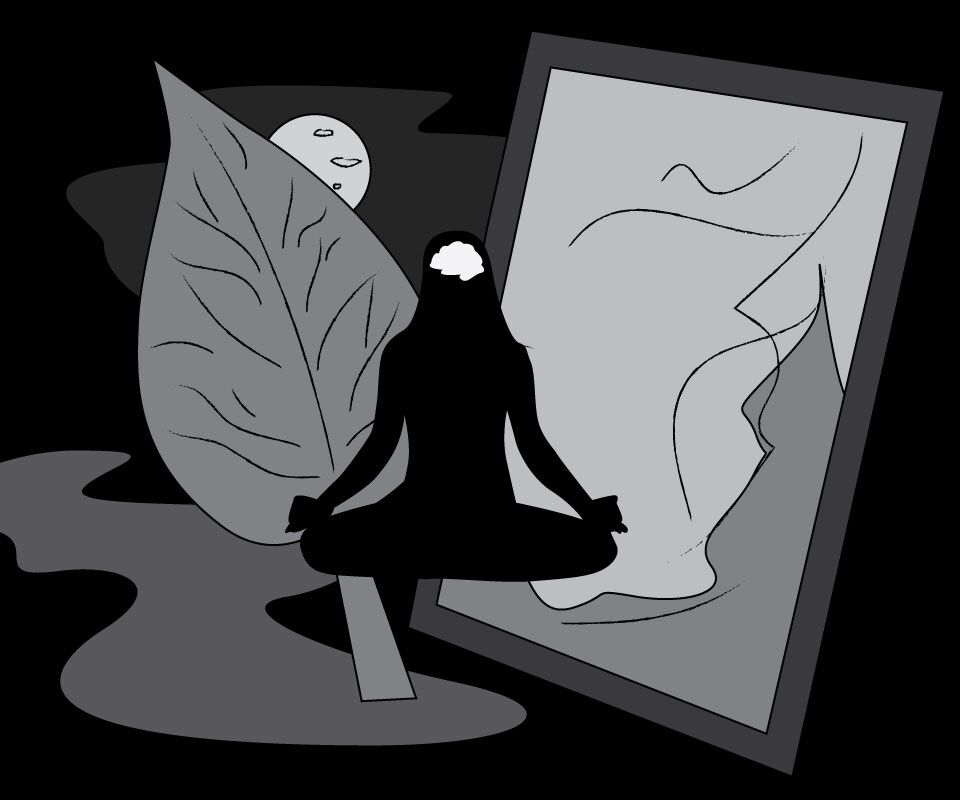Art therapy is a better way to approach mental health issues, not a trip to a museum
According to CNN, doctors in Scotland have been handing out “nature” prescriptions to patients with depression and high blood pressure amid evidence that spending time outdoors and getting in touch with nature helps ease symptoms. I personally do not find this difficult to believe, as someone who experiences anxiety and depression and has been treated for both. What I do find difficult to believe, however, is a prescription to the museum.
Montreal doctors, in partnership with the Museum of Fine Arts, will now give out “museum prescriptions,” citing the benefits of cultural experiences on mental health and wellness, according to Global News. I believe it’s important to first examine the evidence supporting the impact of art and nature on mental health. I am all for certain forms of nature therapy, though I hesitate to embrace museum therapy.
It may be beneficial to prescribe a patient with a trip to the museum to help them get through what they’re experiencing, until a proper diagnosis can be determined. However, I believe that immediately medicating when further examination is needed isn’t the best route, especially if other forms of treatment can help. If the symptoms are mild, or if used alongside other treatments in more severe cases, I think the suggestion of getting closer to nature holds merit.
A psychiatrist suggested I purchase a SAD lamp, which mimics natural light to help symptoms of seasonal and non-seasonal depression while I awaited further evaluation. I found this to be helpful. Maybe fresh air and real natural light can have similar or better effects, especially given the implied exercise. Exercise is known to increase blood flow and release endorphins, improving mental and physical health, sleep, appetite, libido and quality of life for people suffering from mild-to-moderate depression, ADHD and anxiety.
Doctor Diane Poirier representing Médecins Francophones du Canada in the Global News article said the study is a pilot project that involved the museum doing research on the benefits art has on mental health. The act of prescribing a trip to the museum is not art therapy given by a licensed art therapist. It’s also not nature exposure or physical activity, both of which have evidence that supports their effectiveness. Art therapy is supervised by professionals who have training to assist the patient, whereas a trip to the museum is self managed. Although I can’t say it isn’t effective, I think it’s important to not call it therapy, as unlike nature exposure or physical activity, it’s doesn’t have an immediate range of effects nor is it supervised by a professional.
Art therapy with an art therapist can have evidence-supported benefits, according to several studies. In my opinion, however, this doesn’t just entail sending patients to the Musée des Beaux Arts de Montréal (MBAM) to stare at some Renaissance paintings and stop feeling empty inside. Most kinds of therapy, such as cognitive-behavioural therapy (CBT) and art therapy are guided by professionals. Going outdoors is patient-managed, but there are observable physical effects to exercising and being outdoors. If the patient is offered other options but chooses museum therapy, so be it. I would still hope medical professionals suggest treatments that have more effectiveness first. It was not specified how doctors will determine whether a museum prescription is a good option, and when they will prescribe more effective treatments versus participation in this study.
I wonder what would happen if psychologists and therapists were accessible and covered by Medicare, given that waitlists for mental health services at the CLSC are terrible and resources at schools can vary based on demand. People suffering from depression are navigating a very difficult system and can spend a lot of time going back and forth until properly diagnosed. It may do patients a disservice if they do a study rather than be offered effective treatment, unless this is truly what the patients want.
Even if the museum trips work to an extent, art therapy itself has proven benefits. Therapy administered and followed by a professional is structured and effective, yet incredibly difficult to access. The museum therapy idea appears to be a way to mimic some of the results of art therapy without providing a patient access to a professional. The government needs to put more funding into mental health services. When everyone has a range of accessible options, they have better chances of hitting the mark.
Graphic by Ana Bilokin




